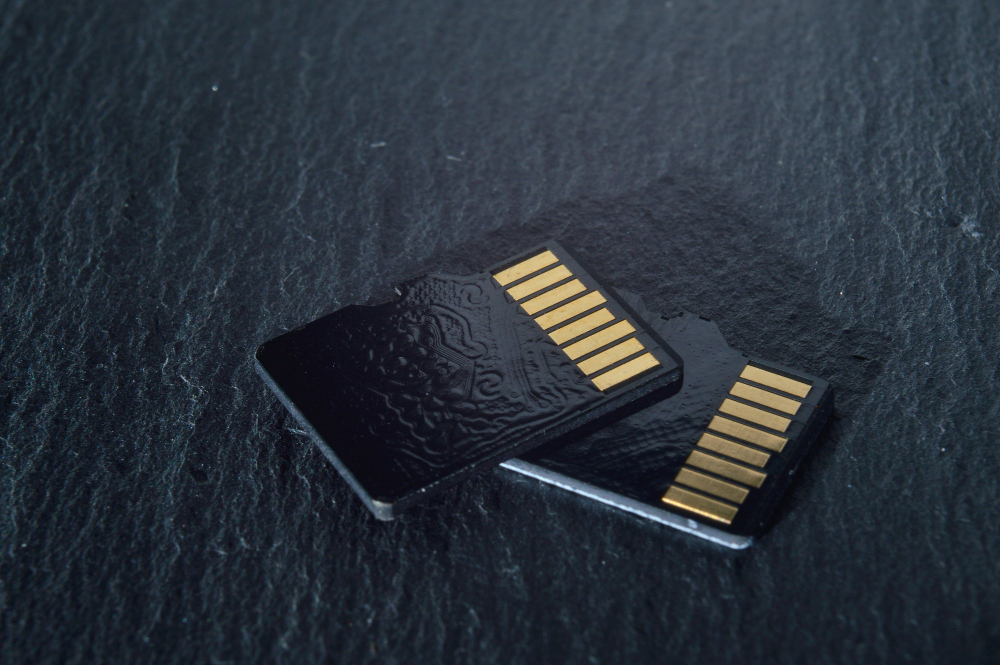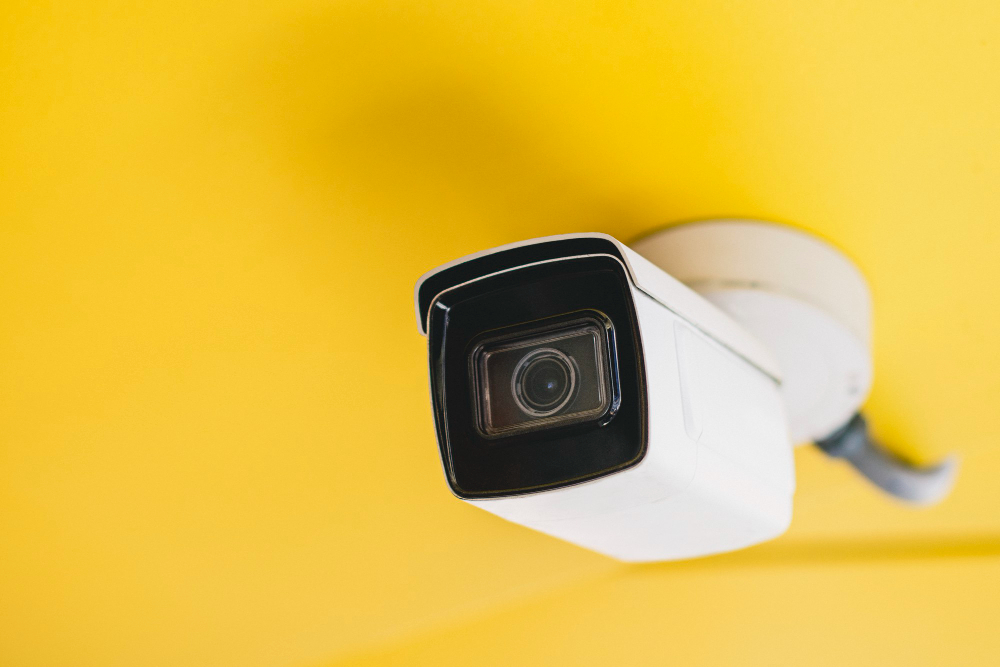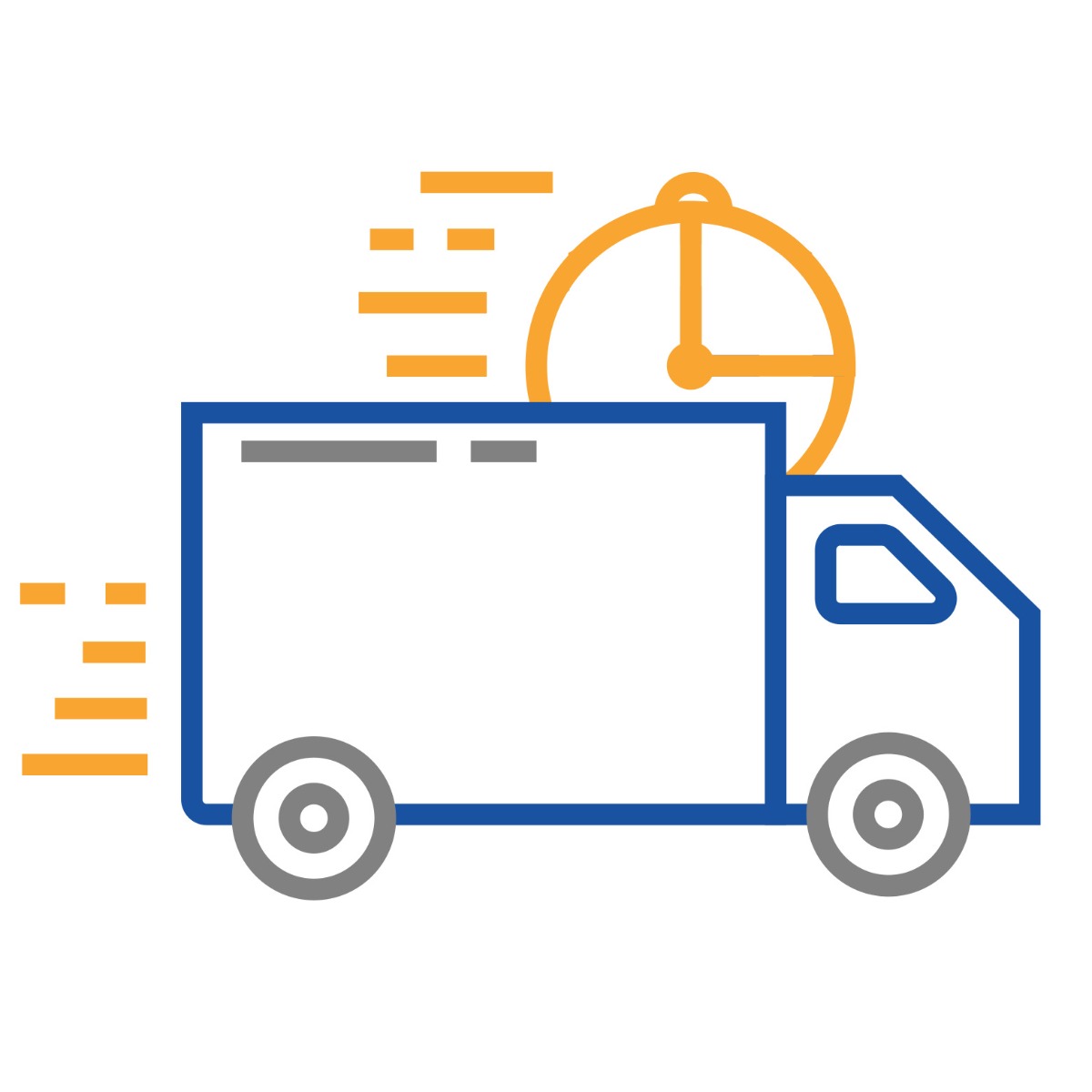Why is an SD card essential for my security camera?

When deploying a security camera, the video footage that it captures can be extremely useful to law enforcement authorities or private investigators. However, this data is useless if the memory card fills up quickly and there is insufficient space for new video files. Whether you purchase a low-cost security camera with an SD card included or one where you need to supply your own micro SD card, it is critical to select the right memory storage for your surveillance system. There are several things you need to consider in order to choose the best Secure Digital (SD) or microSD card for your camera:
#1 What video resolution does my security camera support?
- A system with higher resolution cameras will produce larger files, which will require a higher capacity memory card. A 32GB sd card should be sufficient for security cameras up to 960p, but if you have 1080p or 4K security camera systems, you will need to invest in micro SD cards with 128GB capacity or larger.

#2 How many video files can my security camera system store?
- If you have a 4K security camera system, it can create 3 to 5 times the amount of video files in comparison to a 1280p system. A 32GB SD card will not be able to hold as many 4K video files as it would for lower resolution cameras. For example - a 128GB Micro SD memory card could house almost 6,000 videos taken at a 1280p resolution.
#3 What are the recording hours of my security camera?
- Security cameras can record for different lengths of time depending on the manufacturer and model (up to 36 hours for some systems). If you have selected a system with high recording hours, it will need more memory cards to support its 24/7 recording needs. A high-resolution system like a 4K security camera, for example, will require SD cards with 128GB capacity or higher to ensure you have enough memory available to store the amount of video data being produced by the camera.
#4 How many cameras are attached to my surveillance system?
- If your surveillance system has several cameras, each one will be producing data separately. This means that the memory card must support enough capacity to hold all of the video files being created by your system. For example - a 4 camera security system with four cameras operating at 1TB per camera is going to fill up a 128GB SD card very quickly. The number of cameras attached to your system is a very important factor when determining how large of an SD card you may need to purchase.
#5 How fast does my security camera write data?
When the SD card gets filled up, it will start deleting old files in order to make room for new video files. The memory capacity determines how long each file can be stored before it is deleted. If the card fills up quickly, it will cause a great deal of lost video data. A slow device can impact the recording time and overall performance of your security camera. For example - an installed micro SD card with 128GB capacity could potentially record 5 hours of video at 1920 x 1080p resolution or 10 hours in 1280 x 720 p. However, a high-speed SSD could improve the recording time to 96 hours with an overall upgrade in performance - making it easier to find scenes of interest and reduce video storage waste.
#6 What are my budget options?
- There are many different price ranges for SD cards but they can vary in quality too. When you think about the amount of data that will be stored on the card, it is important to purchase from a well-known brand. The SD Association website provides a list of the most popular brands of memory cards and their ranking depending on speed, warranty and quality. Other points to consider are class rating (Class 10 for Full HD video), transfer speeds ( U1 or U3 for 4K video), and storage capacity.
#7 What are my choice of operating systems?
- There are various different operating systems that the security cameras can use (i.e. iOS, Android, Windows 7/8, etc). The memory card should be compatible with your camera's operating system. This compatibility is imperative to ensure that you can transfer the video files to your computer for storage and viewing.
#8 How do SD cards perform if they are full?
The majority of microSD cards have a write speed of 10MB/s, but the performance will vary depending on the brand and model of the SD card. If your camera is producing slower data than the write speed of your SD card, it is highly suggested that you get a faster SD card with better read and write speeds. As mentioned earlier in this article, a slower recording device could impact the performance and overall quality of your surveillance system. Consider upgrading to a memory card that has U3 or V30 ratings depending on what system you are using.
#9 What do read and write speeds mean?
- The read and write speed (IOPS) determines how fast your SD or microSD card will perform when it is transferring data from the camera to a computer. Remember - video files can be quite large, so you want to make sure you have an SD card that can accommodate this big data transfer. If the camera is writing data too slowly, it can cause issues with re-buffering which could lead to video loss and overall system inefficiency.
#10 Will a high-quality SD card make my security camera more reliable?
- Deciding on what memory card to use for your surveillance system can provide you with a lot of peace of mind because it will help prevent data loss. A high-quality and fast SD card will ensure that your security cameras can run smoothly and efficiently for years to come!
Conclusion :
Hopefully, this article has been helpful in your effort to find the right SD memory card for your security camera system. Remember that a slow performance time due to an inappropriate SD card can be quite detrimental to the overall reliability of a surveillance system. These 10 questions will help you determine what SD card is best for your specific needs and provide a better understanding as to why an SD card is essential for security camera systems.




